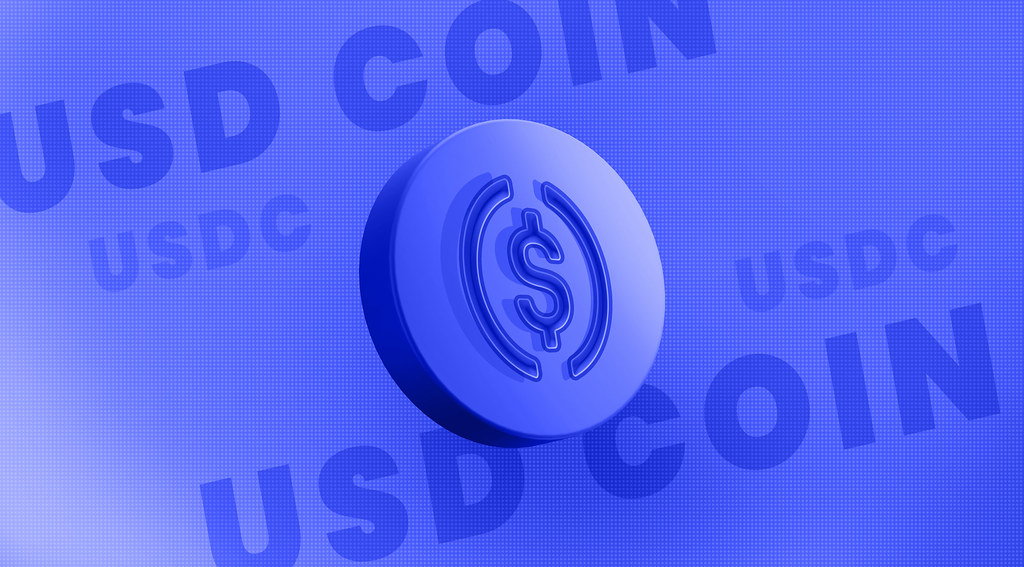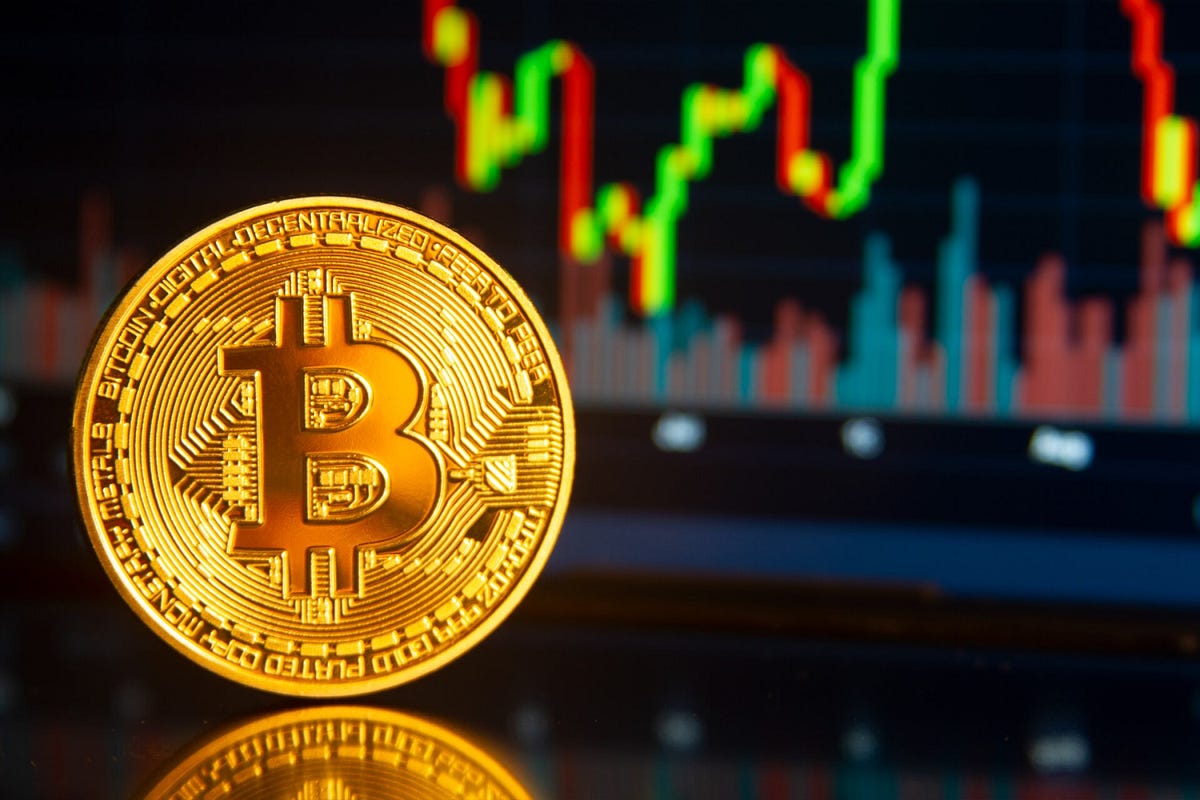The U.S. Federal Reserve is once again at the center of global market attention, with a highly anticipated rate cut expected on Sept. 17. With futures markets pricing in a 92.7% chance of a quarter-percent reduction, traders are watching not just stocks and bonds—but also Bitcoin, which has historically behaved in ways that defy Wall Street logic.
Let’s unpack how Bitcoin has moved across different Fed regimes:
🔑 Key Points Analysis
1. Zero Rates Post-2009 (The Birth Era of Bitcoin)
Context: Fed kept rates near 0% after the Global Financial Crisis.
Bitcoin’s Reaction: From pennies to $1,200 by 2013, with wild swings.
Takeaway: BTC thrived in liquidity-rich environments, but volatility defined its early identity.
2. 2015–2019 Rate Hikes (2.4% Peak)
Fed Move: A steady tightening cycle.
Bitcoin’s Reaction: Exploded from $230 to nearly $20,000 in 2017—then crashed 80%.
Takeaway: Bitcoin showed it can rally even in a rising rate environment, proving it doesn’t always follow traditional risk-asset playbooks.
3. 2019–2022 Cuts & COVID Shock
Fed Move: Cuts began in 2019, then emergency near-zero rates during the pandemic.
Bitcoin’s Reaction: Initially dipped –35%, worsened by COVID’s market panic. Then surged from $5K to $70K by late 2021.
Takeaway: Extreme global shocks mattered more than rate cuts, but ultra-loose policy ultimately fuelled BTC’s biggest bull run.
4. 2022–2024 Aggressive Hikes (to 5.5%)
Fed Move: Fastest hiking cycle in decades.
Bitcoin’s Reaction: Collapsed to $15,600 (–65%), then rebounded to new highs near $79,000.
Takeaway: Bitcoin suffered during liquidity crunches but proved resilience—even thriving once macro uncertainty was priced in.
5. 2024–Present Rate Cuts Resume
Fed Move: Pivoted back to easing.
Bitcoin’s Reaction: Surged from $70K to above $110K.
Takeaway: The ongoing cycle shows BTC loves liquidity injections—but history warns it’s not a straight line up.
📊 Big Picture: Does the Fed Really Control Bitcoin?
Unlike equities or bonds, Bitcoin doesn’t move in lockstep with interest rates.
Its major cycles are driven by halving events, adoption waves, and speculative flows, with Fed policy acting as a backdrop rather than a trigger.
History shows BTC can rally in both rate hikes and cuts, but downturns often coincide with liquidity stress and global risk-off events.
⚡ Bottom Line
As the Fed prepares its next cut, Bitcoin is already soaring past $110K. But if history teaches us anything, it’s that Fed policy alone doesn’t dictate Bitcoin’s fate. Instead, the real drivers remain Bitcoin’s own internal cycles and investor psychology.
👉 Translation for traders: Don’t just watch Powell—watch the Bitcoin halving clock, adoption trends, and speculative flows.








